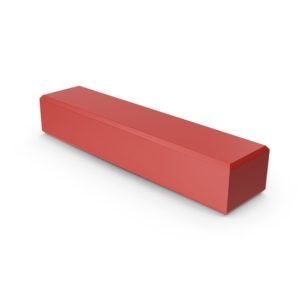Did I make a profit or was it a loss?

Introduction
Welcome to our themaths.org blog on profit and loss! In this post, we will discuss the fundamentals of profit and loss, their calculations, and some real-life applications. Profit and loss are essential concepts in business, finance, and economics, as they help in determining the financial health and performance of a company or an individual venture.
Table of Contents
- What are Profit and Loss?
- How to Calculate Profit and Loss
- Cost Price and Selling Price
- Profit and Loss Formulas
- Examples and Applications
- Conclusion
What are Profit and Loss?
Profit is the positive difference between the revenue generated from selling goods or services and the costs incurred in producing or acquiring them. In other words, it is the amount of money you gain after covering all your expenses.
Loss is the negative difference between the revenue generated from selling goods or services and the costs incurred in producing or acquiring them. It is the amount of money you lose when your expenses exceed your revenue.
In simple terms, if you make more money than you spend, you have a profit. If you spend more money than you make, you have a loss.
How to Calculate Profit and Loss
Cost Price and Selling Price
Before we dive into the formulas, let’s understand two key terms:
- Cost Price (CP): The price at which an item is purchased or produced. This includes the cost of materials, labor, and other expenses required to create the product.
- Selling Price (SP): The price at which an item is sold to the customer. This is the amount of money you receive for selling your product.
Profit and Loss Formulas
Here are the basic formulas for calculating profit and loss:
- Profit: If SP > CP, then Profit = SP – CP
- Loss: If CP > SP, then Loss = CP – SP
To express profit or loss as a percentage, you can use the following formulas:
- Profit Percentage: (Profit / CP) × 100
- Loss Percentage: (Loss / CP) × 100
Examples and Applications
Let’s explore a few examples to understand the application of these formulas.
Example 1:
John bought a bicycle for $200 (CP) and sold it for $250 (SP). Calculate the profit and profit percentage.
Solution:
- Profit = SP – CP = $250 – $200 = $50
- Profit Percentage = (Profit / CP) × 100 = ($50 / $200) × 100 = 25%
John made a profit of $50 or 25% on the sale of the bicycle.
Example 2:
Susan purchased a watch for $150 (CP) and sold it for $120 (SP). Calculate the loss and loss percentage.
Solution:
- Loss = CP – SP = $150 – $120 = $30
- Loss Percentage = (Loss / CP) × 100 = ($30 / $150) × 100 = 20%
Susan incurred a loss of $30 or 20% on the sale of the watch.
Conclusion
Understanding profit and loss is crucial for individuals and businesses to evaluate their financial performance and make informed decisions. By calculating profit and loss, you can analyze the effectiveness of your business strategies, identify areas for improvement, and plan for future growth.
We hope this guide has provided you with a clear understanding of the concepts of profit and loss and their calculations. Apply these concepts to your own financial situations and make well-informed decisions to achieve your financial goals.
Complete this short 5 question quiz to test your knowledge!




